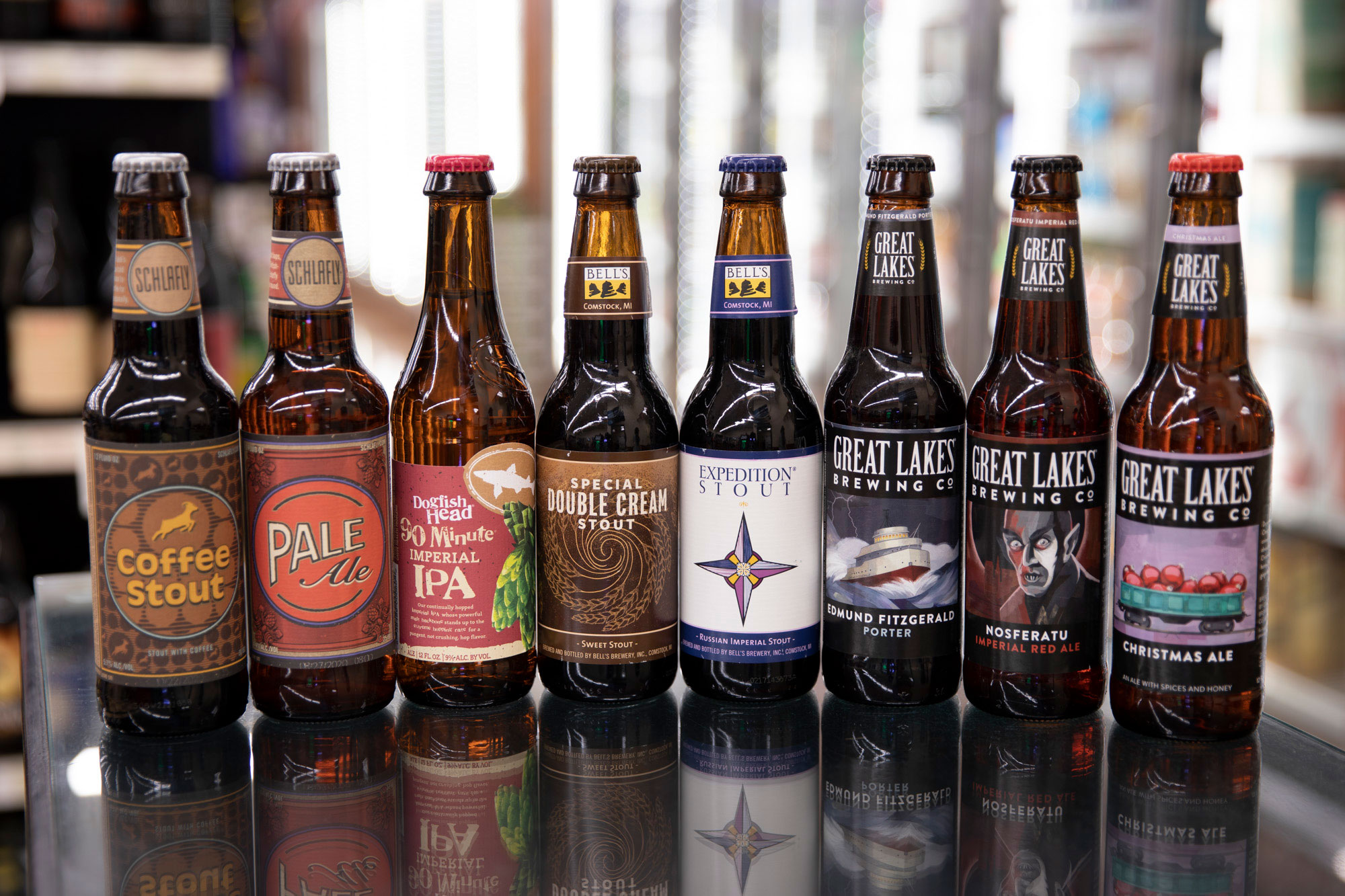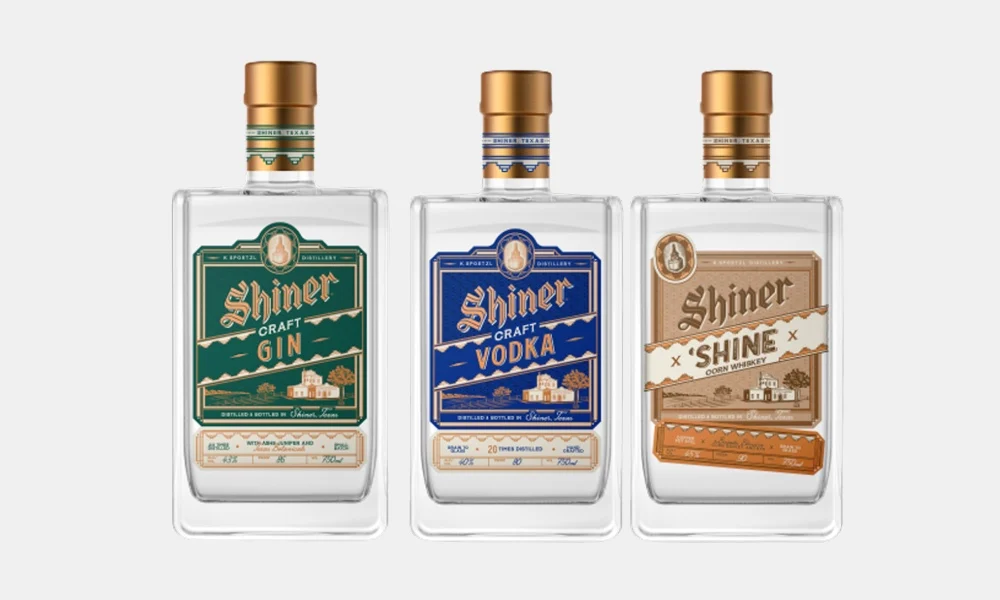See a Distillery in Galveston: Crafting the Finest Spirits
Wiki Article
Opening the Mysteries of Distillery Processes: An In-depth Introduction
Within the realm of distillery processes exist details that often remain veiled to the informal onlooker. As we venture right into the midsts of spirit aging techniques and the accuracy of top quality control procedures, a tapestry of tastes and scents arises, formed by time-honored practices and innovative methods.The Art of Mashing and Fermentation
In the distillery process, the art of mashing and fermentation plays an important function in changing raw materials right into the initial stages of alcohol production. Mashing includes the process of damaging down the starches in grains like barley, rye, or corn, right into fermentable sugars.Once the wort is produced, fermentation comes into play. Yeast, a principal in this stage, is included in the wort to start the fermentation process. Yeast eats the sugars in the wort, creating alcohol and co2 as by-products. This transformative process usually takes a number of days to finish, depending on the wanted alcohol web content and flavor account.
Mashing and fermentation are detailed processes that establish the structure for the alcohol that will ultimately be distilled and aged to develop a final item with distinctive features and tastes.
Comprehending the Purification Refine
One of the critical phases in the production of alcohol includes understanding the purification procedure. Purification is a method used to separate alcohol from the fermented liquid, normally with home heating and cooling down processes. During purification, the fermented liquid is heated up in a still, creating the alcohol to evaporate at a lower temperature than water because of its lower boiling point. The vapor is after that accumulated and cooled down back right into liquid kind, causing a more focused alcohol material.
Recognizing the distillation procedure is important for distillers to regulate the quality, toughness, and preference of the alcohol being generated. By grasping the art of distillation, distilleries can create a variety of spirits with distinct attributes that appeal to various customer preferences.
Secrets of Spirit Aging Strategies
Discovering the ins and outs of spirit aging methods reveals the hidden creativity behind the advancement of nuanced tastes and fragrances in distilled drinks. The aging process is an important phase in the manufacturing of spirits, where the liquid communicates with the oak barrels, taking in compounds that improve its profile over time. Distilleries commonly utilize charred oak barrels, which give distinct tastes to the spirit through a process of removal and oxidation.Moreover, the ecological problems in which the barrels are saved play a considerable duty in shaping the end product. Fluctuations in temperature level and humidity can affect the rate of aging and the communications in between the spirit and timber. Master distillers skillfully browse these variables to craft spirits with distinctive personalities, symbolizing the end result of innovative methods and classic customs.
High Quality Control and Screening Approaches
The meticulous craftsmanship demonstrated in managing and selecting barrels aging durations in the spirits manufacturing procedure highlights the essential value of stringent high quality control steps and accurate screening techniques (Breweries in Galveston Texas). Quality control in distilleries entails multiple stages to ensure that each set satisfies the desired standards. From raw material inspection to final product analysis, each action is critical in keeping uniformity and qualityOne important aspect of top quality control is sensory analysis, where skilled professionals analyze the fragrance, taste, and overall quality of the spirits. Chemical evaluation techniques such as gas chromatography and mass spectrometry are utilized to discover any type of impurities or deviations from the preferred structure. Furthermore, physical examinations like thickness dimensions and pH evaluation offer further insights into the item's attributes.
To assure adherence to regulative needs and internal requirements, distilleries likewise conduct microbiological screening to look for any type of microbial contamination that can affect the item's safety and service life. By executing robust quality assurance and testing techniques, distilleries can support their online reputation for creating premium spirits constantly.
Exploring One-of-a-kind Flavor Mixtures

In the procedure of taste infusion, the selected botanicals are contributed to the base spirit and entrusted to macerate or steep for a given period. This enables the alcohol to draw out the flavors and essential oils from the botanicals, resulting in an Galveston Liquor unified blend of tastes (Distillery in Galveston). Distilleries may also employ strategies like vapor mixture or basket mixture during purification to present certain tastes to the spirit
Additionally, some distilleries choose barrel aging or cask finishing strategies to present additional complexity and depth to their spirits via interactions with the wood. These approaches add to the production of one-of-a-kind taste accounts that interest a critical audience seeking story and remarkable drinking experiences.
Verdict
Understanding the scientific research behind these procedures is vital for generating high-grade spirits. By unlocking the mysteries of distillation, distillers can develop distinct and flavorful spirits that appeal to a wide variety of customers.As we venture right into the depths of spirit aging strategies and the accuracy of high quality control steps, a tapestry of scents and tastes arises, formed by innovative techniques and classic practices. Distilleries usually utilize charred oak barrels, which present one-of-a-kind flavors to the spirit via a procedure of removal and oxidation.Making use of a diverse array of components and botanicals, distilleries can craft one-of-a-kind flavor mixtures that establish their spirits apart in a competitive market. Distillery in Galveston.In the process of flavor infusion, the selected botanicals are added to the base spirit and left to macerate or steep for a specified duration. Distilleries may also use strategies like vapor infusion or basket infusion during distillation to impart particular tastes to the spirit
Report this wiki page